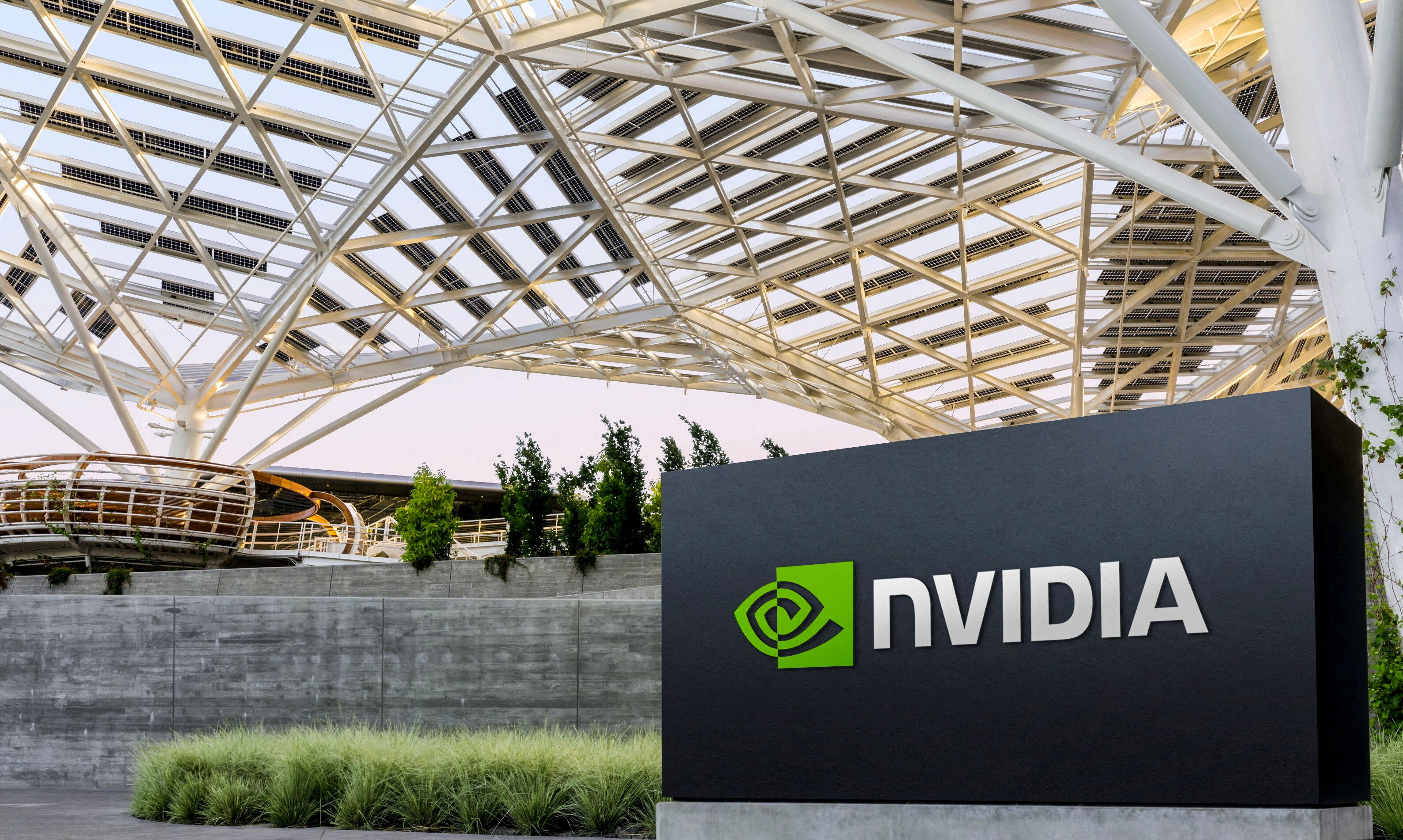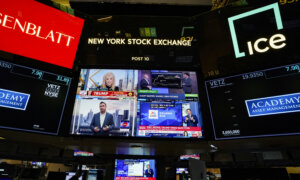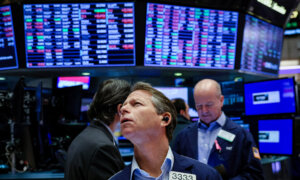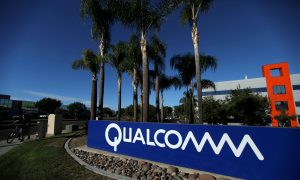Nvidia shares dropped by as much as 4 percent in after-hours trading even after the tech juggernaut again beat Wall Street estimates. The $3.5 trillion chipmaker enters its third year of being on top of the artificial intelligence wave.
Nvidia’s revenues came in at a record $35.08 billion in the third quarter, higher than the market forecast of $33.16 billion. Nvidia has beaten Wall Street’s revenue and guidance forecasts in 25 of the past 26 quarters.
Data center revenues totaled $30.8 billion, topping projections of $29.14 billion. Gaming revenues came in at $3.3 billion, slightly higher than the forecast of $3.06 billion.
The California-based company reported earnings per share of 81 cents, beating the expected 75 cents.
Net income reached an all-time high of $19.3 billion in the previous quarter, up by 109 percent year over year.
It kept its quarterly dividend unchanged at 1 cent per share.
While the third-quarter results were crucial for the financial markets, investors also wanted to see how the company expects the fourth quarter to unfold.
Nvidia Chief Financial Officer Colette Kress expects growth to be solid, telling analysts on an earnings call that the company’s fourth-quarter revenue estimates will exceed previous projections by several billion dollars because of persistent demand for its Blackwell chips and Hopper graphics processing units (GPU).
Blackwell next-generation chips are designed for data centers and have been shipping to other tech titans, including Google, Microsoft, and Oracle.
According to Nvidia’s latest earnings report, Blackwell production shipments will start in the fourth quarter of fiscal year 2025 and “staggering” demand will exceed supply for several quarters.
“Blackwell demand is staggering, and we are racing to scale supply to meet the incredible demand customers are placing on us,” Kress told analysts and shareholders. “Customers are gearing to deploy Blackwell at scale.”
Current quarterly sales are forecast to be $37.5 billion, higher than analysts’ expectations of $37.08 billion.
Nvidia executives pointed to the company’s growing list of partners, including Dell, Foxconn, Micron, and Vertiv. They also referenced Super Micro Computer, a server maker facing an accounting saga, as another company with which it maintains a strong relationship.
Looking to foreign markets, Kress noted that Nvidia has witnessed increasing data center sales to China, as Hopper GPUs comply with U.S. export rules.
“We expect the market in China to remain very competitive going forward,” she said.
The company has been at the center of the artificial intelligence boom over the past two years, and analysts and traders believe that Nvidia’s next-generation chip will sustain its growth.
“The age of AI is in full steam, propelling a global shift to [Nvidia] computing,” Nvidia founder and CEO Jensen Huang said in a statement. “Demand for Hopper and anticipation for Blackwell—in full production—are incredible, as foundation model makers scale pretraining, post-training, and inference.”
Over the past week, there have been complaints that the new AI chip is overheating when connected to customized server racks. Nvidia said it is remedying the problem by working with suppliers to alter the rack designs to reduce overheating issues.
David Miller, chief investment officer at Catalyst Funds, shrugged off the reports and called it a “non-issue.”
“Blackwell chip overheating should be a non-issue as the ramping for Blackwell will be primarily in the January quarter and data centers will adjust their configuration to accommodate the issue given. There is no alternative to Nvidia chips,” Miller said in a note emailed to The Epoch Times.
The stock plunged by more than 4 percent immediately after the third-quarter earnings data. Shares of Nvidia stabilized throughout the call and were down about 1.4 percent.
Nvidia shares have rocketed by 200 percent since the beginning of 2024, reaching $145 before the latest earnings report.
The market still sees an upside to Nvidia shares.
The consensus price target is close to $155 by December 2025, representing a more than 6 percent upside from the current price. The stock also maintains an overwhelming “buy” rating.
Wedbush Securities projects that Nvidia shares will “outperform,” giving it a 7.5 percent upside to about $160.
Miller maintains a price target of $185 for Nvidia stock by the end of next year. Raymond James analysts were even more bullish, boosting its price target to $170, representing a 16 percent upside.
“There is no alternative to Nvidia aside from newer Nvidia chips, so they should continue to be the major beneficiary of AI, [capital expenditure] increasing rapidly,” he said.
According to a recent PricewaterhouseCoopers report, the global artificial intelligence market’s impact on the global economy could reach $15.7 trillion by 2030.
More than $9 trillion could come from consumption-side effects, and $6.6 trillion could arise from enhanced productivity.














